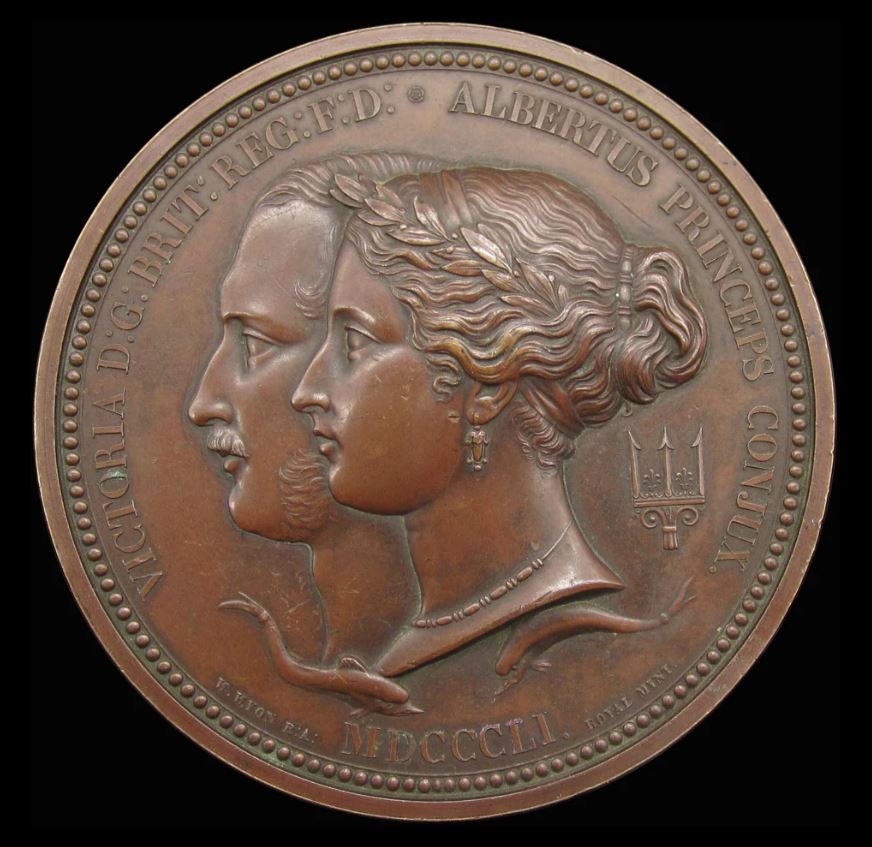Great Exhibition Council Medal 1851
Description
Although around 14,000 medals were issued to exhibitors during the 1851 Great Exhibition, only 170 were the exclusive Council Medals awarded on the recommendation of the Royal Commissioners. These medals were presented alongside a decorated certificate signed by Prince Albert and illustrated with detailed engravings of the medal design, and a bound copy of the extensive juries’ reports on the exhibits.
Son of a handloom weaver from Great Harwood, the young John Mercer became fascinated by the science behind calico printing and dyeing. While working at Broad Oak Printworks in Clayton-le-Moors developing colours and dyes, he came across a way of treating the cloth itself enabling it to better take the dye giving brighter results from less dye. Mercerisation as it became known also had the effect of making the cloth more resilient, and when combined with keeping the fabric under tension, giving it a luxurious sheen compared to untreated cotton.
Within the collection we also have letters and dye samples from Mercer who was evidently an enthusiastic scientist. He studied bacteria twenty years before the work of Pasteur, and as an early pioneer of photography he is believed to be the first person to experiment with the use of colour in his images.
On his death, some of his wealth was left in a trust to the people of Great Harwood and Clayton-le-Moors. The townships built the Mercer Hall and the Mercer Clock in Great Harwood and laid out Mercer Park Clayton-le-Moors.
On display
50 Objects Exhibition at Helmshore Mills Textile Museum 6 June - 31 October 2025. Search www.lancashire.gov.uk for Helmshore Mill opening times.
